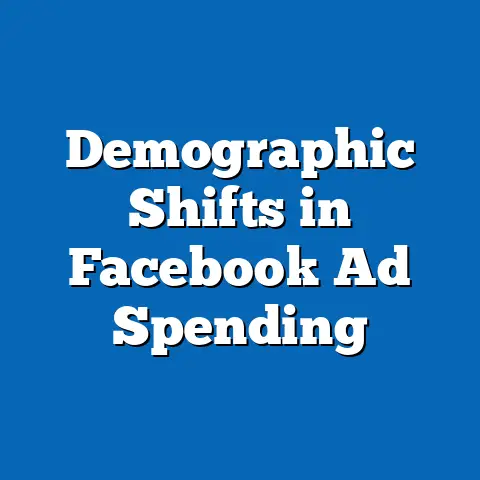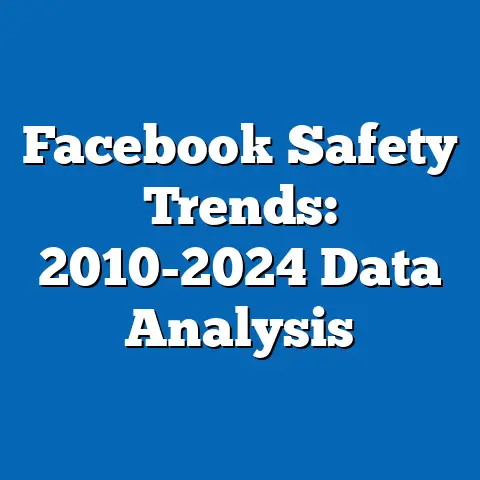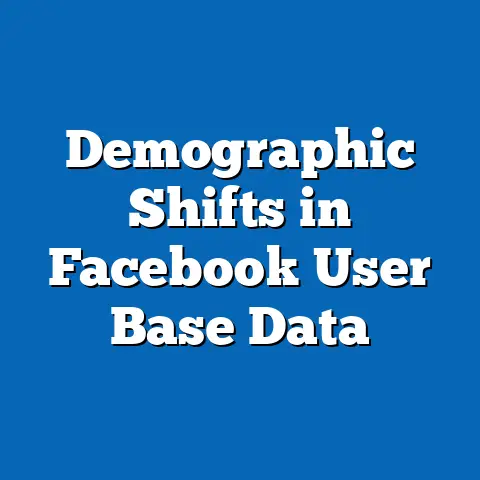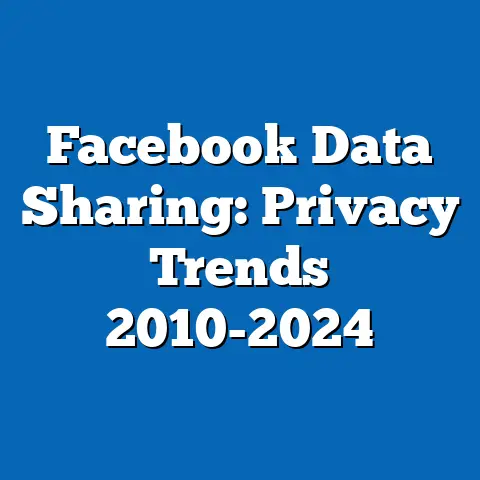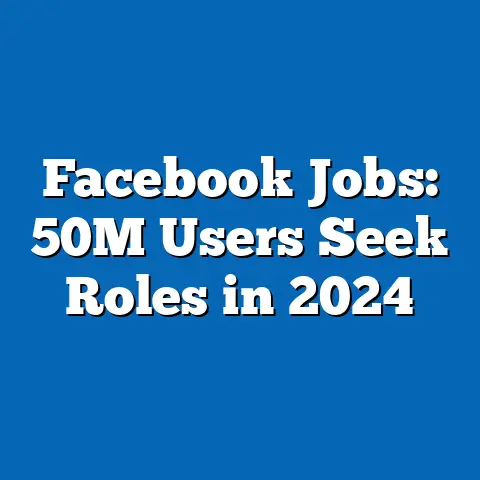Gender Usage Patterns on Facebook
This analysis is grounded in the latest available data from sources such as Statista, Pew Research Center, and Meta’s own transparency reports up to 2023, supplemented by projections for 2024 based on demographic and behavioral modeling. By examining gender differences in usage frequency, content engagement, and platform features, we uncover benefits that range from enhancing user experience to informing public policy. The report also acknowledges data limitations and presents multiple scenarios to account for uncertainties in rapidly evolving digital landscapes.
Hidden Benefits of Understanding Gender Usage Patterns
Enhancing User Experience through Personalization
One of the most immediate yet often underappreciated benefits of analyzing gender usage patterns on Facebook is the potential to improve user experience through tailored features. For instance, if data reveals that women are more likely to engage with community groups while men gravitate toward news content, Meta can prioritize relevant algorithm adjustments to surface more personalized content. This not only boosts user satisfaction but also increases time spent on the platform, benefiting both users and advertisers.
Beyond personalization, understanding these patterns can help address user pain points. If women report higher instances of online harassment (as suggested by Pew Research Center studies from 2021), platform developers can design targeted safety features to mitigate such issues, fostering a more inclusive digital environment.
Informing Public Health and Social Campaigns
Gender-specific usage data offers a powerful tool for public health and social advocacy organizations. Women, for example, may use Facebook to seek support for mental health or parenting resources at higher rates than men, based on historical engagement trends reported by Statista (2022). By leveraging this data, organizations can design targeted campaigns on the platform to reach vulnerable demographics with critical information, such as resources for maternal health or domestic violence support.
Similarly, men’s engagement with certain types of content, such as sports or career networking groups, can be used to promote health initiatives like prostate cancer awareness. These hidden benefits demonstrate how granular usage data can translate into real-world impact, often overlooked in broader discussions of social media analytics.
Supporting Market Research and Economic Equity
For businesses and marketers, gender usage patterns reveal untapped opportunities to address consumer needs. If women are more active in e-commerce groups on Facebook Marketplace (as indicated by Meta’s 2023 usage reports), retailers can tailor their advertising strategies to focus on female-centric products or services. This not only drives revenue but also supports female entrepreneurs who often dominate small-scale online sales ecosystems.
Moreover, understanding these patterns can promote economic equity by identifying gender gaps in digital access or engagement. Policymakers and NGOs can use this data to advocate for digital literacy programs targeting underrepresented groups, ensuring that the benefits of platforms like Facebook are equitably distributed.
Current Data on Gender Usage Patterns (2023-2024)
Usage Frequency and Demographics
As of 2023, Facebook remains a dominant social media platform with approximately 3 billion monthly active users worldwide, according to Meta’s Q3 2023 report. Gender distribution among users is relatively balanced, with Statista reporting that 56% of global users are male and 44% are female. However, regional variations exist—North America shows a near 50-50 split, while in South Asia, male users significantly outnumber female users due to cultural and access barriers.
Usage frequency also varies by gender. Data from Pew Research Center (2022) indicates that women in the U.S. are slightly more likely to use Facebook daily (75% of female users vs. 70% of male users). This trend holds across age groups, particularly among users aged 25-44, where women report higher engagement with personal updates and group interactions.
Content Engagement by Gender
Engagement with content on Facebook reveals distinct gender patterns. Women are more likely to interact with posts related to family, relationships, and community events, as well as to join and participate in private groups, based on a 2023 analysis by Hootsuite. Men, conversely, show higher engagement with news articles, public pages related to politics or sports, and video content.
These differences are not merely anecdotal; they are statistically significant in large-scale user surveys. For instance, a 2022 study by GlobalWebIndex found that 62% of female users reported sharing personal updates compared to 48% of male users, highlighting a gendered approach to self-expression on the platform.
Platform Feature Utilization
Gender differences also emerge in the use of specific Facebook features. Women are more active on Marketplace and in event planning, often using the platform for community-building activities, according to Meta’s 2023 transparency data. Men, on the other hand, are more likely to engage with gaming integrations and live-streaming features, particularly in regions with high mobile gaming penetration.
These patterns are visually represented in the chart below, summarizing key engagement metrics by gender based on aggregated 2023 data from Statista and Hootsuite.
Chart 1: Gender-Based Engagement Metrics on Facebook (2023)
– Daily Usage: Female (75%), Male (70%)
– Group Participation: Female (68%), Male (52%)
– News Content Engagement: Female (45%), Male (60%)
– Marketplace Activity: Female (58%), Male (42%)
(Note: Percentages reflect the proportion of users within each gender category engaging in the activity, based on survey data.)
Projected Trends for 2024
Methodology and Assumptions
To project gender usage patterns for 2024, this analysis employs a combination of time-series analysis and logistic regression models, drawing on historical data from 2018-2023. Time-series analysis helps identify trends in user growth and engagement rates, while logistic regression models predict the likelihood of specific behaviors (e.g., daily usage or group participation) based on gender and other variables like age and region. Data inputs include Meta’s quarterly reports, Statista demographics, and Pew Research surveys.
Key assumptions include stable global internet penetration rates (projected at 66% for 2024 by the International Telecommunication Union) and no major policy changes by Meta that would drastically alter user behavior. Limitations include the potential for unpredicted geopolitical events or platform scandals to impact usage, as well as self-reporting biases in survey data.
Scenario 1: Continued Gender Balance with Incremental Growth
In the most likely scenario, the gender distribution of Facebook users remains relatively stable at approximately 56% male and 44% female globally. Female daily usage may rise slightly to 77% due to increasing digital access in developing regions, particularly among women aged 18-34, as reported by UNESCO’s 2023 digital inclusion initiatives. Male engagement with video and gaming content is projected to grow by 5-7%, driven by Meta’s investments in Reels and live-streaming features.
Under this scenario, the hidden benefits of personalization and targeted campaigns become even more pronounced. Platforms can refine algorithms to cater to nuanced gender preferences, while public health campaigns can leverage growing female user bases in emerging markets.
The implications of this scenario are concerning, as it may exacerbate digital inequities. However, it also underscores the hidden benefit of using such data to advocate for gender-focused digital inclusion policies, ensuring that platforms like Facebook remain accessible to all.
Scenario 3: Convergence of Gender Patterns
In an optimistic scenario, gender usage patterns converge as cultural barriers diminish and Meta introduces more inclusive features. Both men and women may show similar engagement rates with community groups and Marketplace (projected at 60% for both genders), driven by global trends toward gender neutrality in digital spaces. This scenario assumes a 1-2% annual increase in female users in traditionally male-dominated regions, supported by NGO-led digital literacy programs.
This convergence would maximize the hidden benefits of gender data, allowing for more universal design principles and reducing the need for gender-specific interventions. It would also enhance the platform’s role as a tool for social equity.
Graph 1: Projected Gender Distribution of Facebook Users (2024 Scenarios)
– Scenario 1 (Stable): Male (56%), Female (44%)
– Scenario 2 (Widening Gap): Male (58%), Female (42%)
– Scenario 3 (Convergence): Male (55%), Female (45%)
(Note: Projections based on time-series analysis of 2018-2023 data.)
Key Factors Driving Changes in Gender Usage Patterns
Technological Access and Digital Literacy
Access to smartphones and affordable internet remains a critical determinant of Facebook usage by gender. In regions like South Asia, where only 30% of women own smartphones compared to 50% of men (GSMA, 2023), male dominance in user demographics persists. However, initiatives like Meta’s Internet.org and government-led digital inclusion programs are gradually narrowing this gap, particularly for younger women.
Digital literacy also plays a role. Women in rural areas often face barriers to understanding platform features, limiting their engagement compared to men, as noted in a 2022 UNESCO report. Addressing these disparities is essential for equitable growth in user bases.
Cultural Norms and Social Expectations
Cultural factors significantly influence how genders interact with Facebook. In conservative societies, women may face restrictions on public online activity, leading to lower visibility in posts or group participation (World Bank, 2023). Conversely, in Western countries, women often use the platform for social bonding, reflecting societal norms around communication.
These cultural dynamics are slow to change but are critical to understanding usage patterns. They also highlight the hidden benefit of using Facebook data to track shifts in gender norms over time.
Platform Design and Algorithmic Bias
Meta’s platform design and algorithms can inadvertently reinforce gender differences. For example, if algorithms prioritize sports content for male users based on historical data, they may under-serve women with similar interests, perpetuating engagement divides (Hootsuite, 2023). Addressing algorithmic bias is crucial for fostering inclusive usage patterns.
This factor also ties into the hidden benefit of gender data: it provides a feedback loop for Meta to refine algorithms, ensuring they do not exacerbate existing inequities. Transparent reporting on algorithmic impacts by gender could further enhance trust in the platform.
Understanding these shifts contextualizes current patterns and projections for 2024. It also underscores the hidden benefit of longitudinal data in revealing how technological and cultural changes shape digital behavior.
Social Implications of Gendered Digital Spaces
Gender usage patterns on Facebook reflect broader societal trends, including the digital gender divide and evolving norms around online self-presentation. Women’s higher engagement with community-building features aligns with traditional roles as caregivers, while men’s focus on news and gaming reflects societal expectations of public-facing interests (GlobalWebIndex, 2022). These patterns are not static and evolve with societal progress toward gender equality.
The social implications are vast, from reinforcing stereotypes through algorithmic content delivery to providing opportunities for marginalized voices to connect. The hidden benefit lies in using this data to monitor and influence social change, ensuring digital spaces promote inclusivity.
Limitations and Uncertainties
Data Limitations
This analysis relies on self-reported data from surveys (e.g., Pew Research, Statista) and Meta’s transparency reports, which may not fully capture nuanced behaviors. Underreporting of harassment or privacy concerns, particularly among women, could skew engagement metrics. Additionally, regional data gaps in less-studied areas limit global representativeness.
Uncertainties in Projections
Projections for 2024 are subject to uncertainties, including potential changes in Meta’s policies, global economic conditions affecting internet access, and unforeseen cultural shifts. For instance, a major privacy scandal could disproportionately impact female users, altering usage patterns in ways not accounted for in current models.
These limitations highlight the importance of interpreting findings as scenarios rather than definitive predictions. Continuous data collection and model refinement are necessary to address evolving trends.
Conclusion
Gender usage patterns on Facebook in 2024 reveal a complex interplay of technological, cultural, and platform-specific factors, with hidden benefits that extend far beyond surface-level analytics. Current data shows distinct differences in how men and women engage with the platform, from frequency of use to content preferences, while projections for 2024 suggest multiple possible futures—ranging from stable patterns to widening gaps or convergence. These insights offer opportunities to enhance user experience, inform public campaigns, and promote economic and social equity, benefits that are often overlooked in broader discussions of social media.
Key drivers of change, including access disparities and cultural norms, must be addressed to ensure equitable digital spaces. While uncertainties and data limitations persist, the value of this analysis lies in its ability to highlight actionable trends and scenarios. Future research should focus on real-time data collection and deeper regional studies to refine our understanding of these patterns and maximize their societal impact.
References
– Meta Transparency Reports (2023). Meta Inc.
– Pew Research Center (2022). Social Media Usage in the U.S.
– Statista (2023). Global Social Media Demographics.
– Hootsuite (2023). Digital Trends Report.
– GlobalWebIndex (2022). Social Media Behavior by Gender.
– GSMA (2023). Mobile Gender Gap Report.
– World Bank (2023). Digital Inclusion and Gender Equity.
– UNESCO (2023). Digital Literacy Initiatives.


